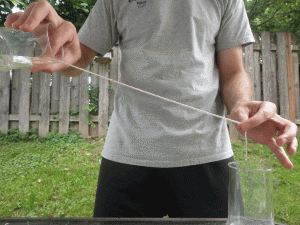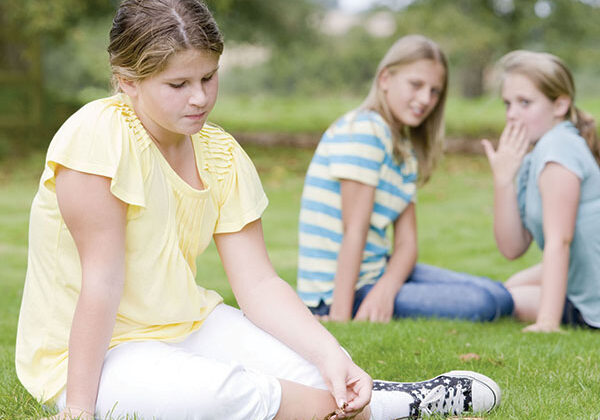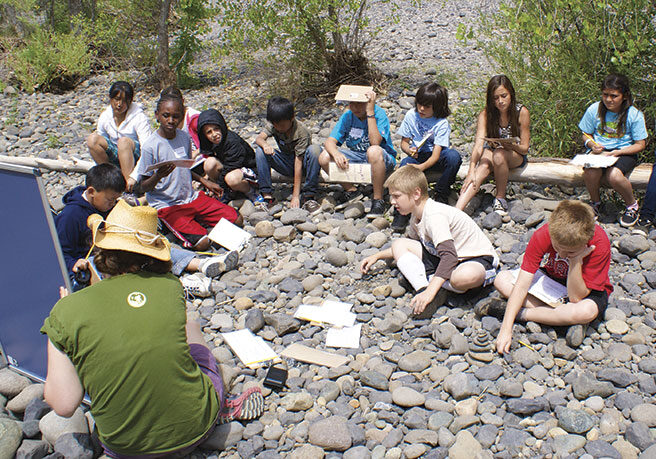Sometimes you just have to pour water from one container into another, simply by using a string. Well, maybe not, but this is a cool experiment that makes you wonder why water is able to do what it does so well.
Materials:
Two cups/glasses, some water, and some absorbent cotton twine/string (needs to be thicker than thread). Follow-up experiment uses wax paper, a toothpick and water.
Procedure:
- Cut a 2-foot-long segment of the string.
- Fill one cup about halfway with water.
- Soak the string in the water for 10 seconds or until it is soaked through.
- Put one end of the string into the cup with water and hold the other end above the empty cup.
- Hold the cup with water up, using your pointer finger to keep the string at the bottom of the rim as you turn it towards the empty cup.
- Pour the water slowly along the string … watch as it clings to the string and drips off the end into the empty cup! (Be prepared to clean up a little as spilling is bound to happen).
Explanation:
Water has some special properties, making it a very unique substance. It has both strong “cohesive” and “adhesive” properties. What this means is that water can stick to itself (cohesion) and other things (adhesion). This goes down to the molecular level of how a water molecule looks: it has two hydrogen atoms and one oxygen atom. These atoms end up having positive and negative charges, which cause them to stick to one another. This is why you see raindrops clump together on your windshield when it rains, why water makes nearly spherical drops, and why it makes a stream of water as it flows down the string in this experiment!
At first, you soak the string in the water, and the water adheres to it. Even though water may drip off the string, it is still soaked in it. That is adhesion. When you pour water along it, you notice the water clings to other water molecules attached to the string, and you see it form a little stream underneath the string. That is cohesion!
Another experiment:
- Take a 1-foot section of wax paper and put it on a table.
- Get a cup of water and make a few droplets of water on the paper.
- 3. Notice how the water does not adhere at ALL to the paper? Water doesn’t stick to everything.
- 4. Using a toothpick, or just lifting parts of the paper, move the droplets around and into each other. Experiment with how they move and interact!
Experiment further:
I hope you enjoyed these simple experiments. If you have more questions, or need tips about science fair ideas around this topic (or others), contact the author through North State Parent.
Posted in: Education
Comment Policy: All viewpoints are welcome, but comments should remain relevant. Personal attacks, profanity, and aggressive behavior are not allowed. No spam, advertising, or promoting of products/services. Please, only use your real name and limit the amount of links submitted in your comment.
You Might Also Like...
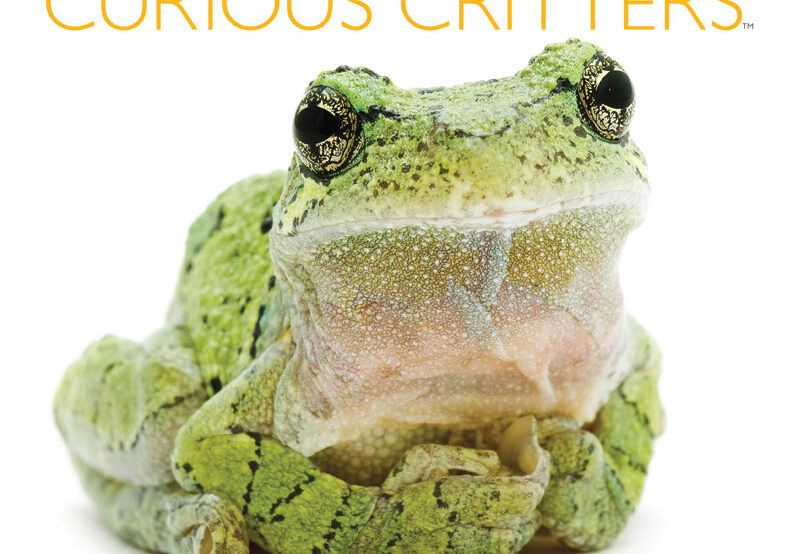
Curious Critters – Leaping, Flying, And Coming Your Way!
Reading a book with your child not only fosters literacy, but it also creates family memories that are treasured well into adulthood. We at North State Parent magazine are pleased […]

Read Across Siskiyou: 14 Years Promoting Childhood Literacy
Every once in a while an idea comes along that transforms an individual, a community, and sometimes even the world. Since the childhood literacy program Read Across Siskiyou (RAS) was […]
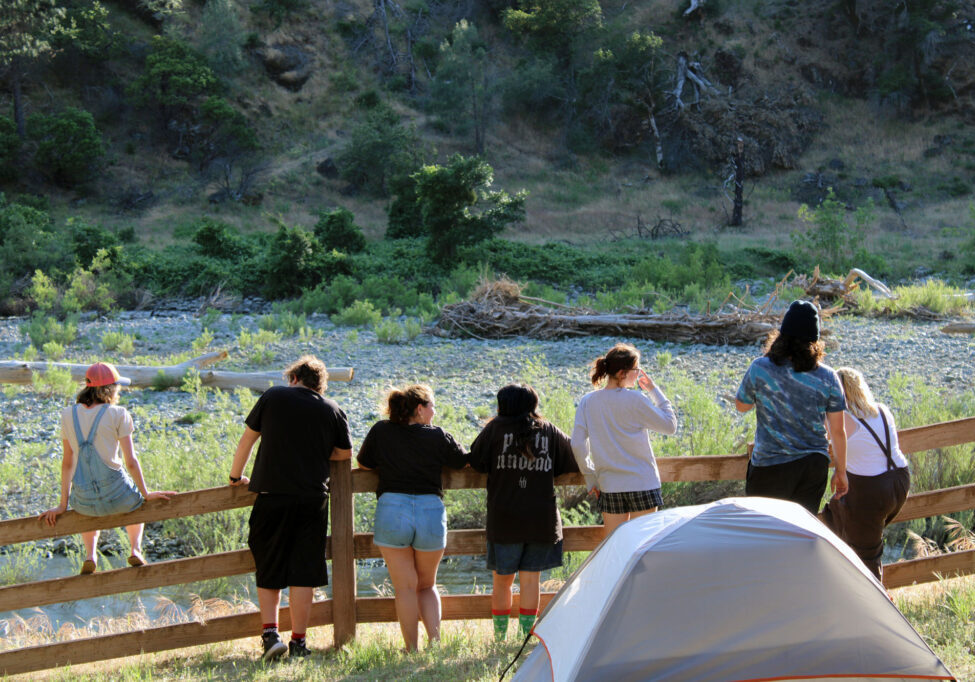
Pitching Tents Far From Technology with Anderson New Technology High School
The name of Anderson New Technology High School (ANTHS) could lead you to imagine rooms filled with computers and kids fully immersed in alternative realities. ANTHS students do study core […]


